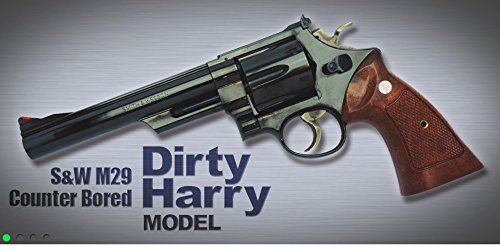The live/dummy round thing you're already doing is one. The other I do I squeeze the trigger for a shot, then release before it actually goes off. Squeeze a little harder, release before it goes off. Eventually I'm "wrong" about the amount of squeeze and it fires. Basically like the dummy rounds in the mag but I can do it at any time. I also find that the 'release' is very important when it doesn't fire. I don't just release pressure all at once and 'flinch' in the reverse direction, I slowly let the pressure go. That's really what helped me I think, getting used to a controlled reset as well, not just jumping off the trigger after the shot is fired. Follow through.
The third is riding the reset. The shot breaks, hold the trigger back, slowly release until the reset, then stop. Then either take another shot after a second or two OR, just release pressure like in the other drill. This lets me practice getting prepped for a follow up shot but then only taking it if needed and in a controlled manor. Not just jumping off the trigger, then slapping it again to try to get that 2nd shot off.
I'm using the stock G34 trigger which makes this easier. If I pick up someone else's glock with a fancy apex gnat-butt light trigger I end up dumping rounds into the berm between targets or doing other dumb stuff because I'm trying to prep or catch the reset while transitioning between targets and the trigger is too light.
The changes to my grip/arms/shoulders is just too difficult to describe in text.


